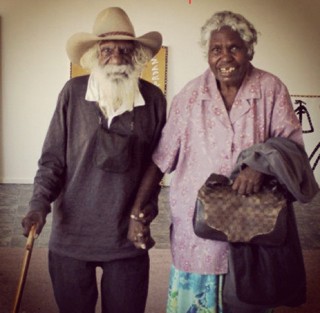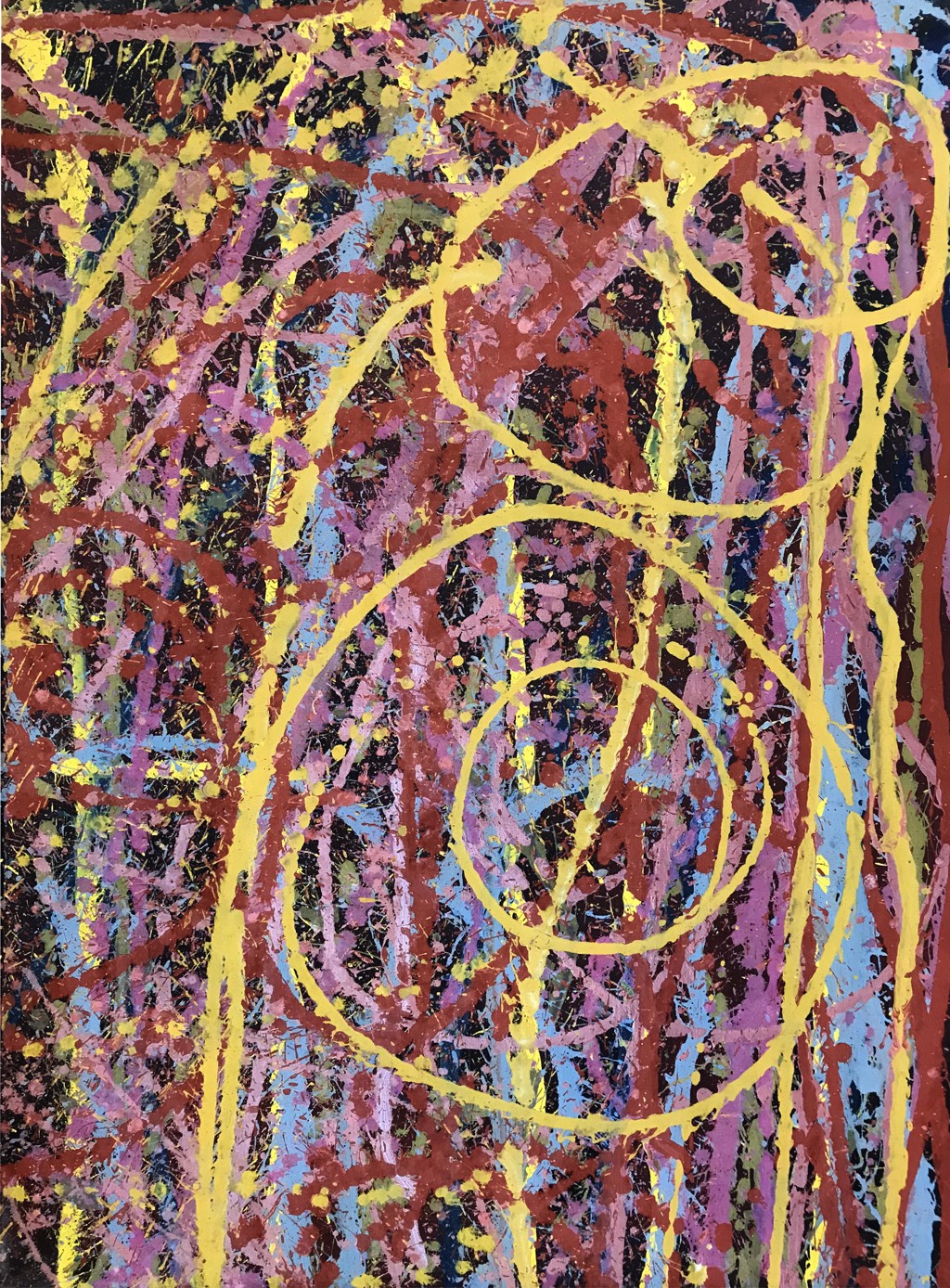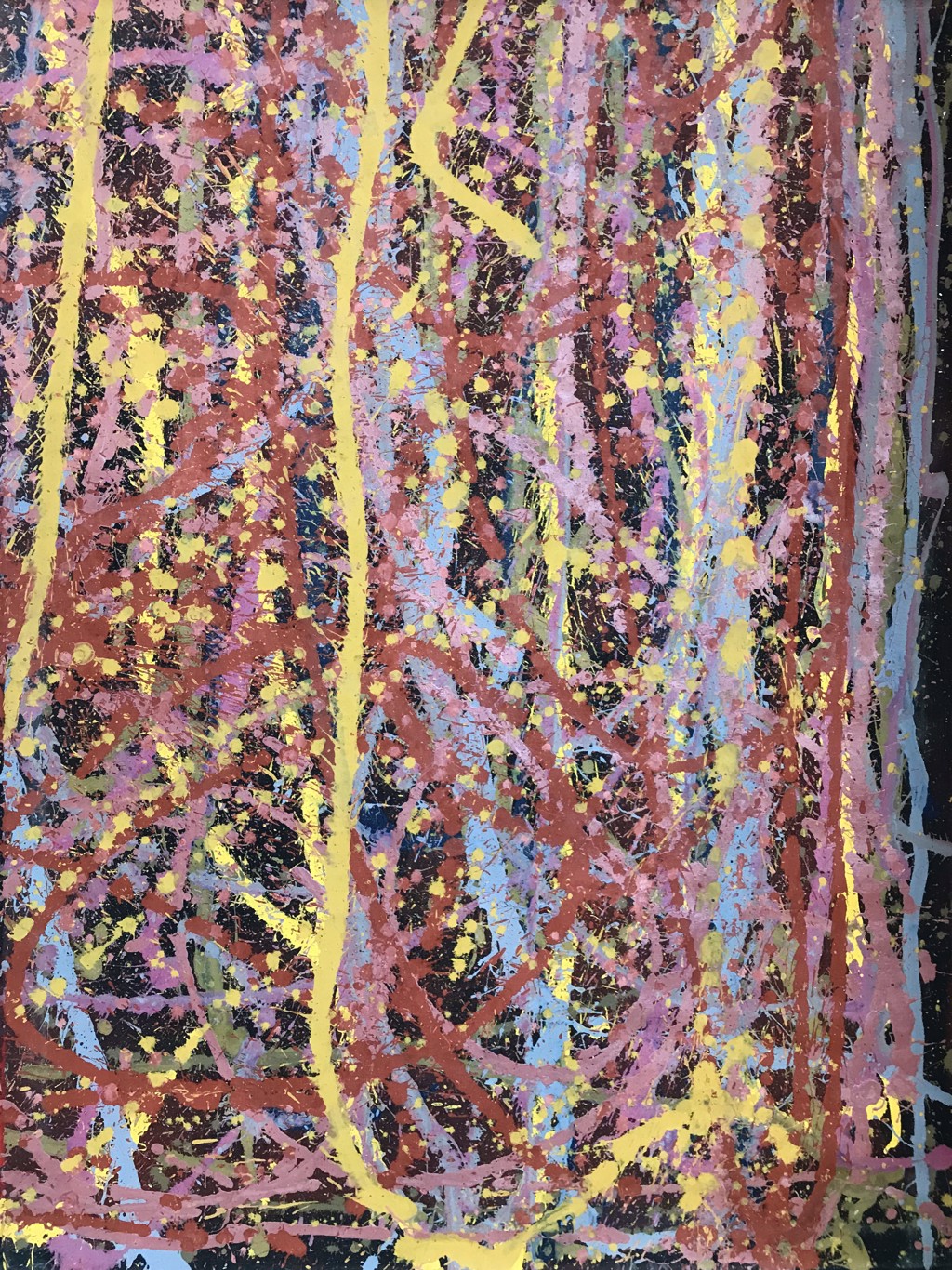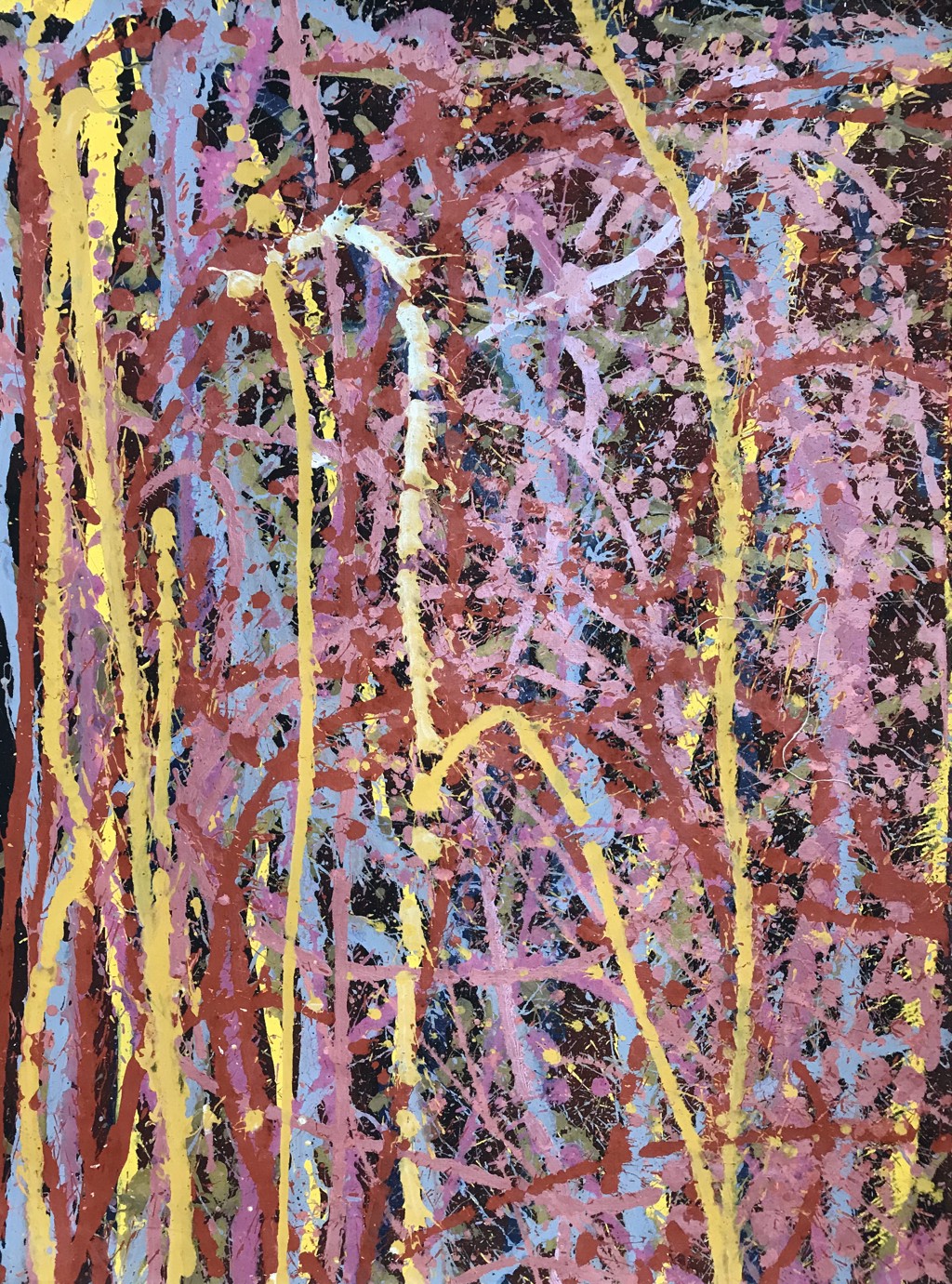
Gloria Petyarre Biography
Gloria Petyarre (c.1945–2021) was a leading Indigenous Australian artist from Utopia in the Central Desert. A trailblazer, she became the first Aboriginal artist to win the Wynne Prize in 1999 for her iconic Bush Medicine Leaves series. Her abstract, rhythmic compositions celebrate ancestral Dreamings and nature, securing her legacy as one of Australia’s most collectable artists.
Gloria Petyarre was one of the most recognised and important artists from Utopia, in the Central Desert of Australia. Gloria was the first Indigenous artist to win a major Australian Art Prize. By securing the Wynne Landscape Prize in 1999, she forever changed the perception of Australian Aboriginal Art. She is best known for her ‘Bush Medicine Leaves’ series. In all her work, Gloria created dynamic abstract compositions rich in colour and pattern, drawing her inspiration from nature and ancestral Dreamings. This contemporary and highly attractive nature of her work makes her a highly sought after artist. Gloria Petyarre, also known as Gloria Pitjara, was one of the most highly acclaimed and influential contemporary First Nation artists of Australia. She was born around 1945 into the Anmatyerre community in Utopia — a remote region in the Northern Territory. Despite its almost complete seclusion, the region has produced some of Australia’s most famous Indigenous artists, including Emily Kame Kngwarreye, but also her sisters Ada, Myrtle and most notably Kathleen Petyarre. In 1977, Gloria became the founding member of the Utopia Women's Batik Group where she developed a strong interest for arts and merging aspects of traditional stories with contemporary creation. In the 1980's Gloria departed from batik working to start painting on canvas, favouring it for its greater control over the outcome. It also allowed her to further abstract her style by experimenting with line and colour. The result of this playful time with a new-found medium is her most recognised work 'Leaves', which earned her the highly prestigious Wynne Prize in 1999 (The Wynne Prize is the longest running art prize in Australia). Being the first Indigenous Australian artist to win the prize, Gloria set the tone for the establishment to start to embrace the art of First Australians. Moreover, her success set in motion the expansion of the Utopian Art Movement, and together with her fame the demand for artworks of this region expanded beyond the Australian borders. Being an active painter up until her passing in 2021, Gloria Petyarre is represented in the permanent collections of every state gallery of Australia and many major international collections throughout Europe, Asia and the United States. Technique and StyleGloria’s work is representative of abstract expressionism, with strong ties to Aboriginal symbolism. Her subject matter is always closely tied to nature, most often inspired by the leaves of the Kurrajong tree, which possesses powerful medicinal qualities. She uses short leaf-shaped brushstrokes organised in patterns reminiscent of fallen leaves scattered by the wind, swirling seaweed in the tide, or perhaps grass billowing in the wind. Apart from the ‘Bush Medicine Leaves’ series, Gloria also paints other Dreamings, including ‘Mountain Devil Lizard’, ‘Grass Seeds’, or ‘Body Paint’, all combining rich, vibrant colours and curved lines, achieving a distinct rhythm in her compositions. Petyarre’s technique progressed over the years from scattered shapes and wild action abstracts to interwoven swirls creating a dynamic effect of movement. The artist used vivid colours, often on black canvas, which gives her paintings an exceptional depth. Despite the lightness and looseness of her brushstrokes, the artist achieved great materiality of paint, creating an optical illusion of an ever-shifting 3D landscape. One might even feel as if standing side-by-side with a gigantic mythical creature, calmly breathing in its deep slumber. The effect is further enhanced by the size of the paintings, making the spectator lose himself in the movement of the remarkably dynamic abstract scenery. Why Collect?Gloria Petyarre was a pioneer. She created her own unique and abstract style, easily discernible from her contemporaries. Her works continue to convey stories of traditional culture, and her paintings adorn the walls of galleries, museums and private collections all over the world. Gloria holds an important and significant place in Australian art history. Petyarre’s paintings speak not only to those with an interest in indigenous artists but also to wider audiences. Maybe that is why the artist has been dubbed “one of our most collectable Indigenous artists” by the Australian magazine Art Collector and why her work will be appreciated for many generations to come.
Select Archive Works





